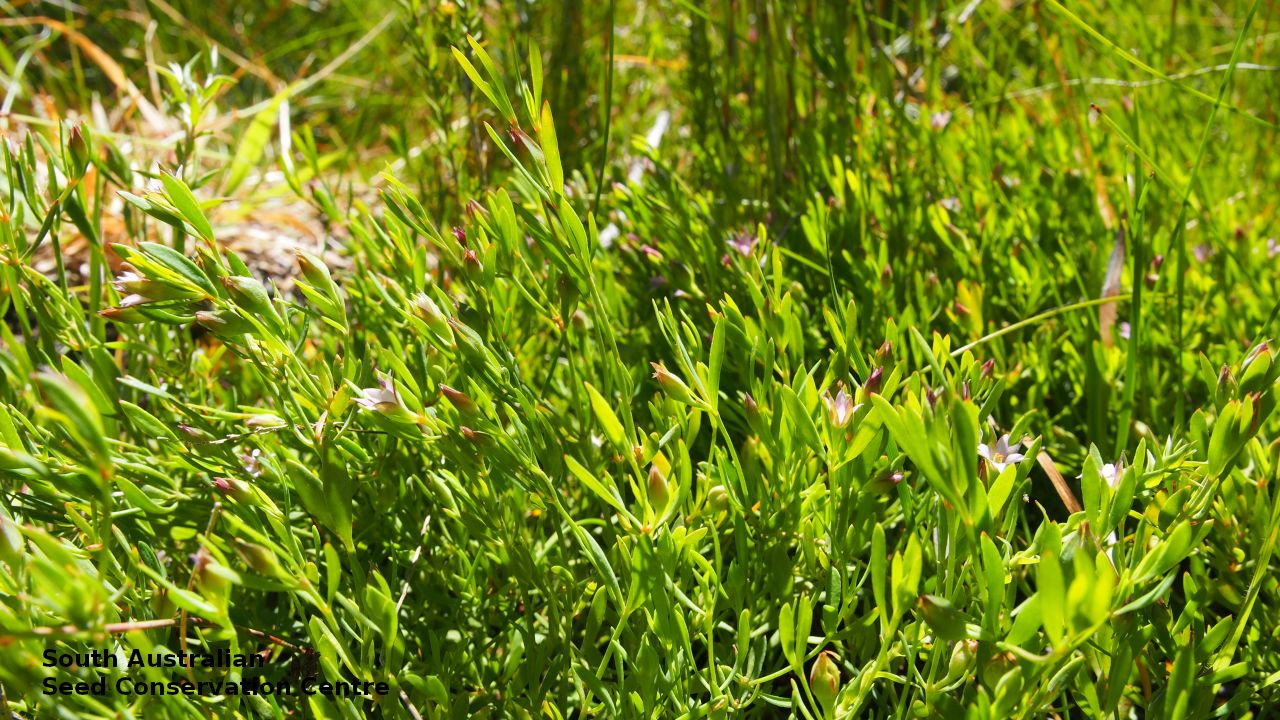
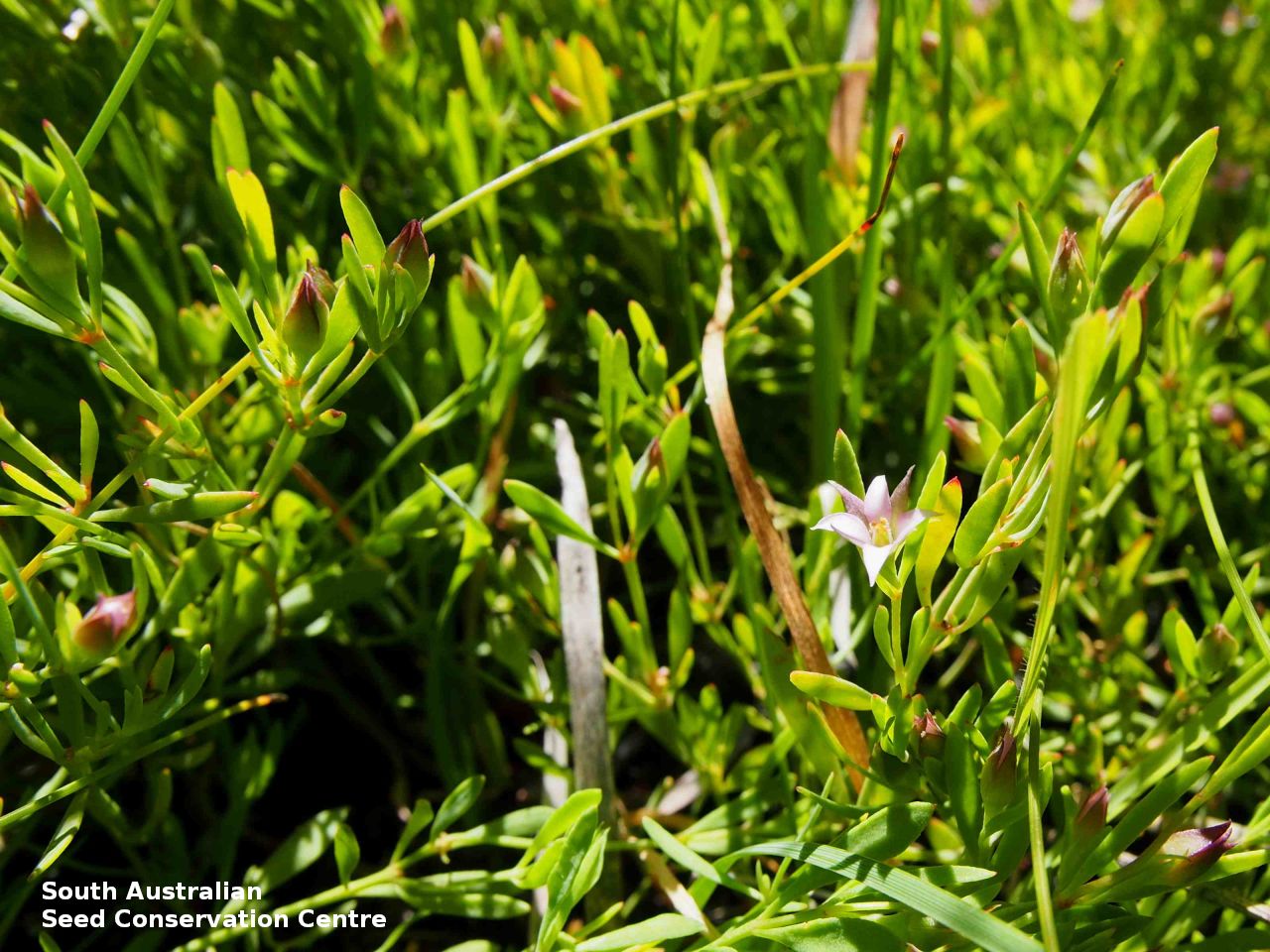
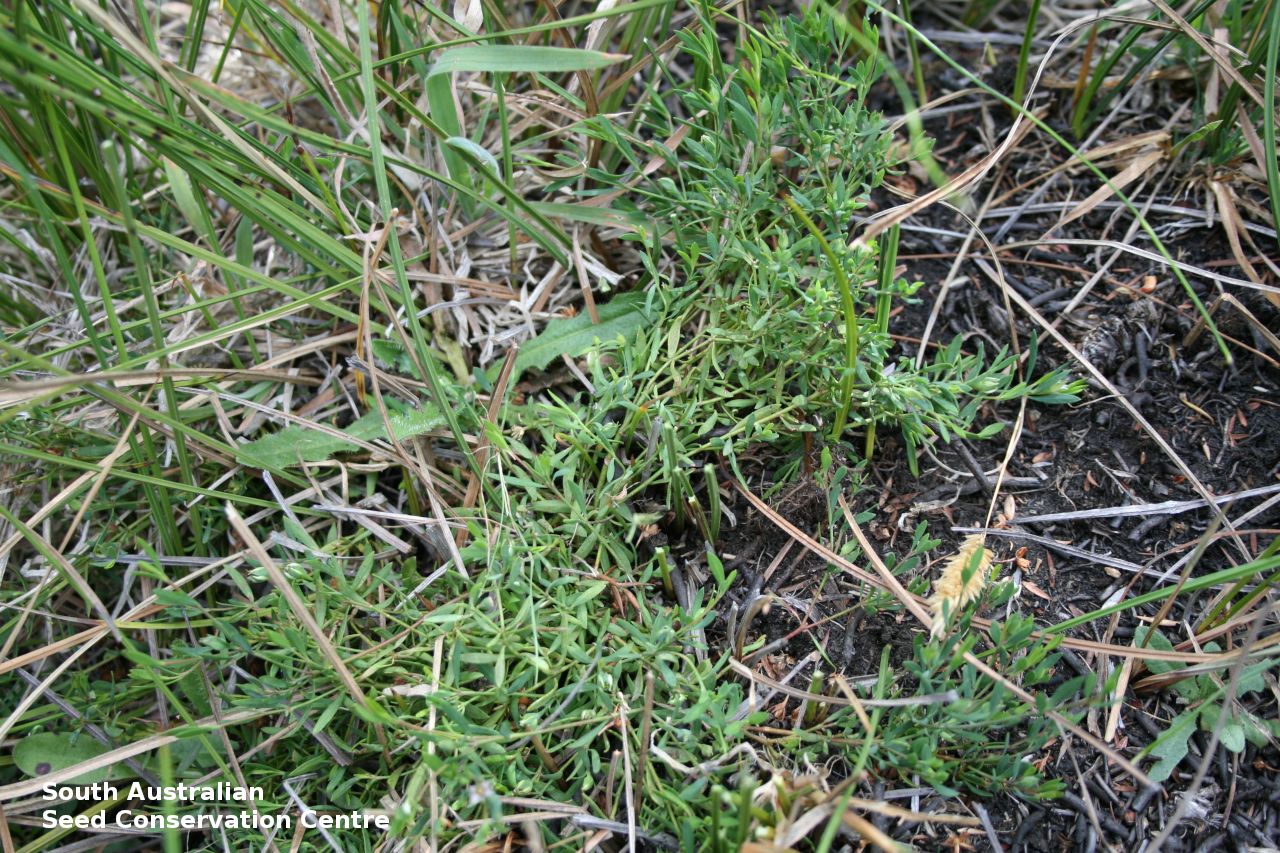
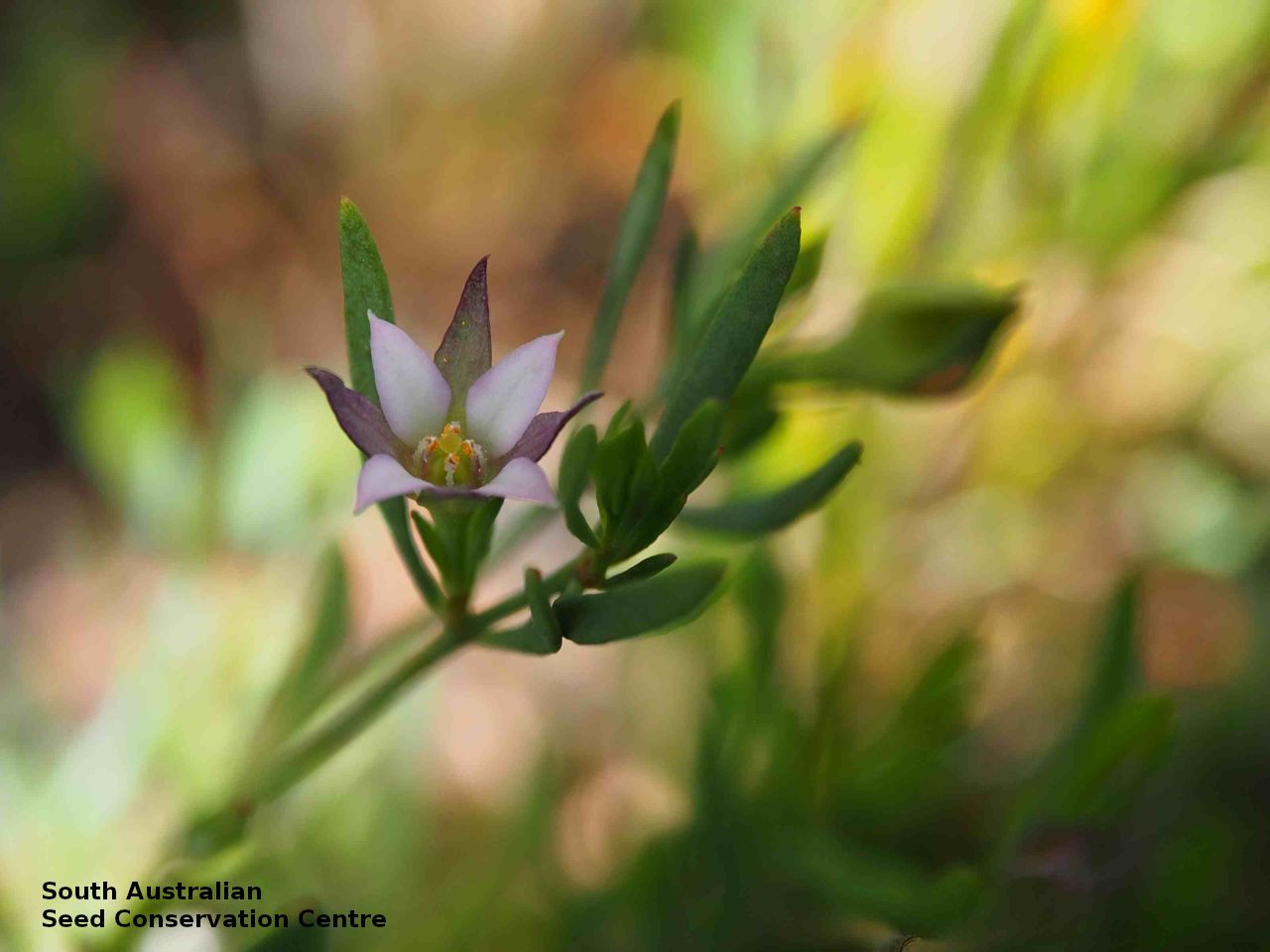
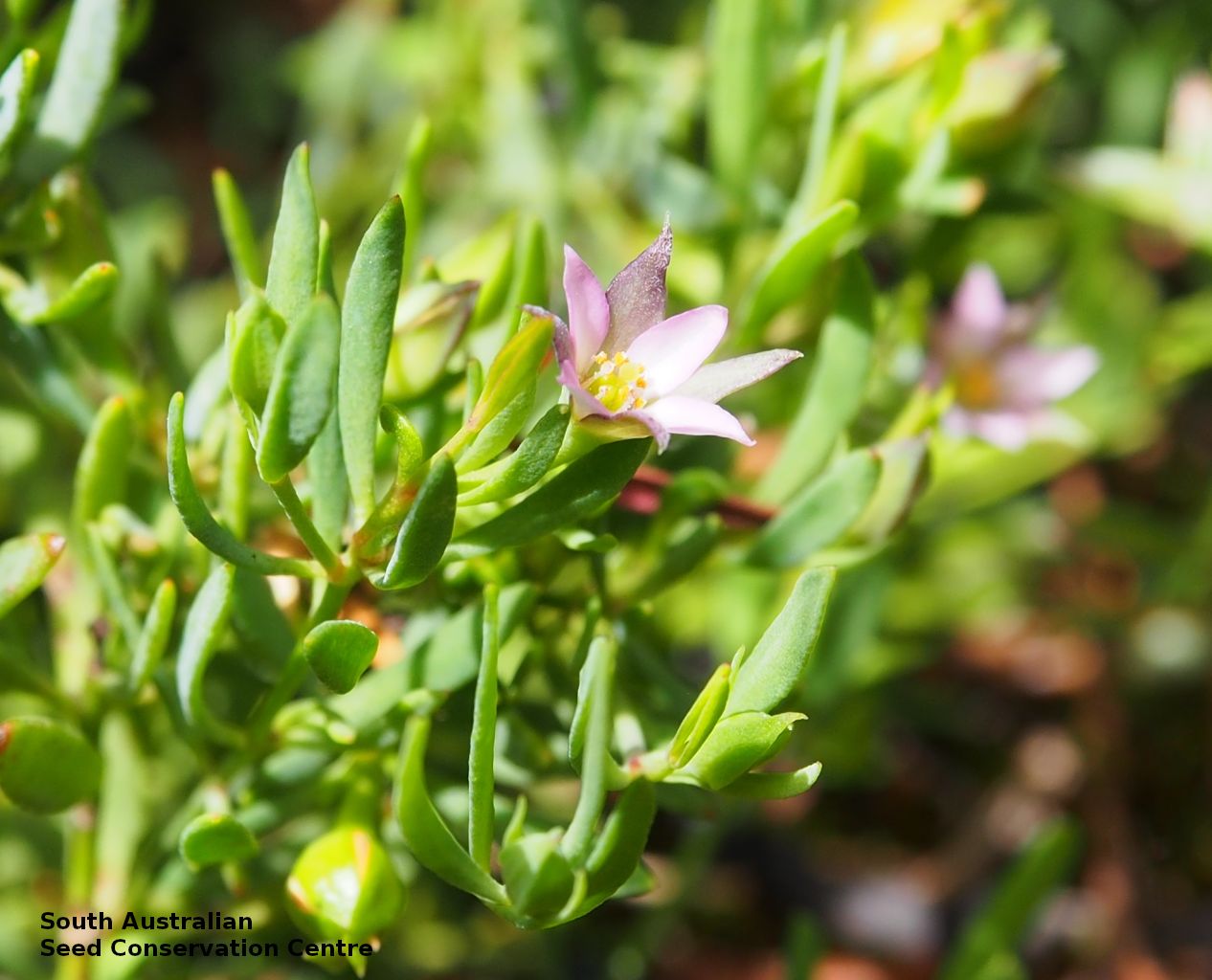
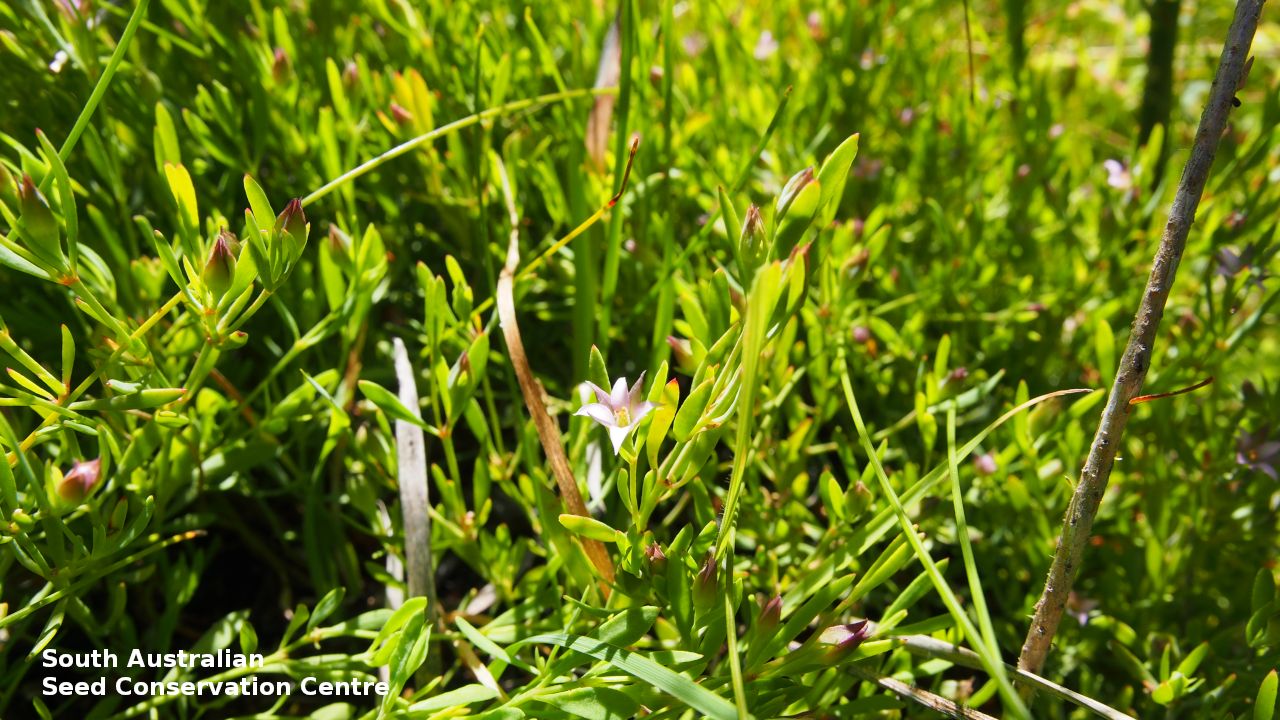

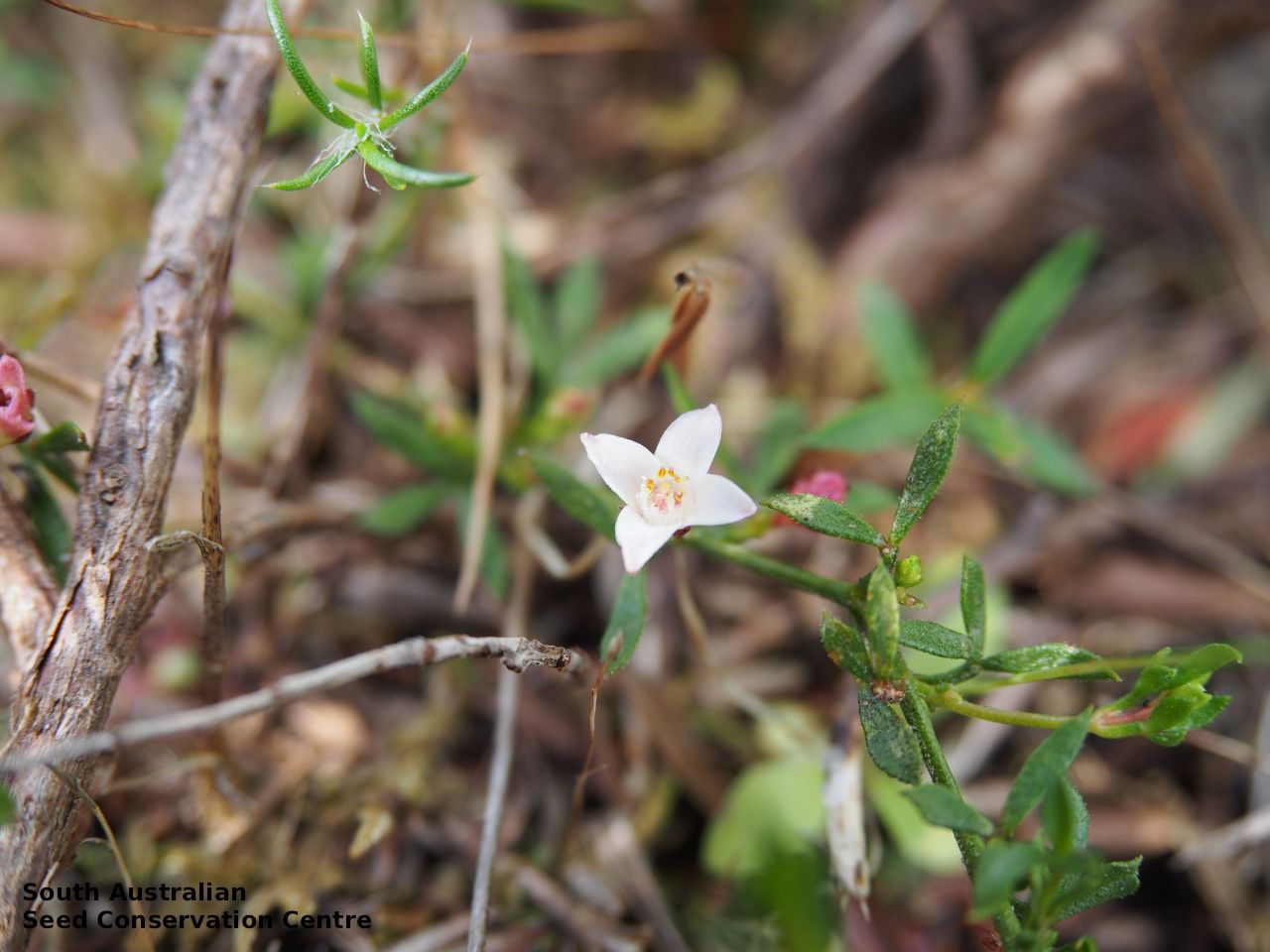
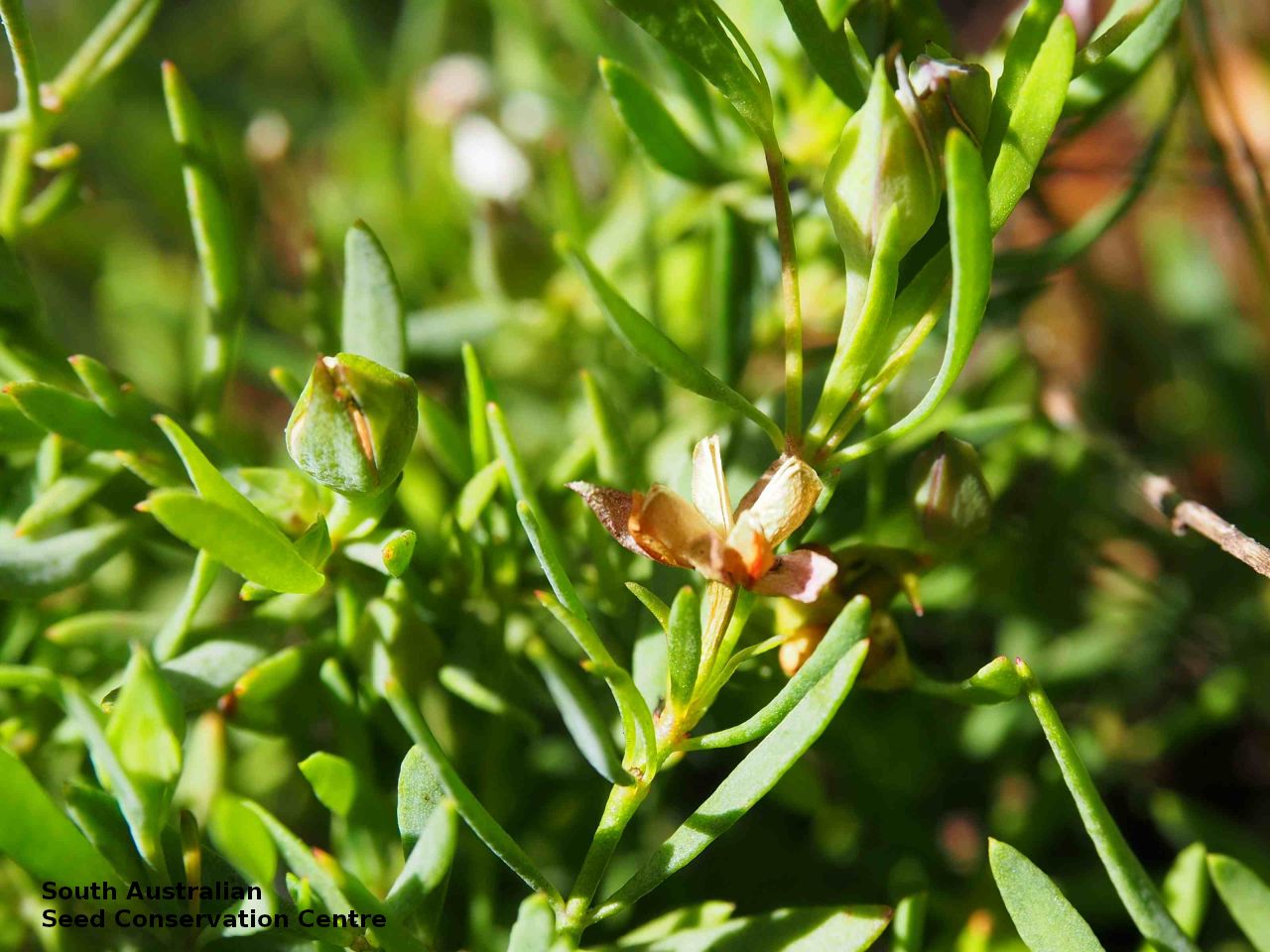
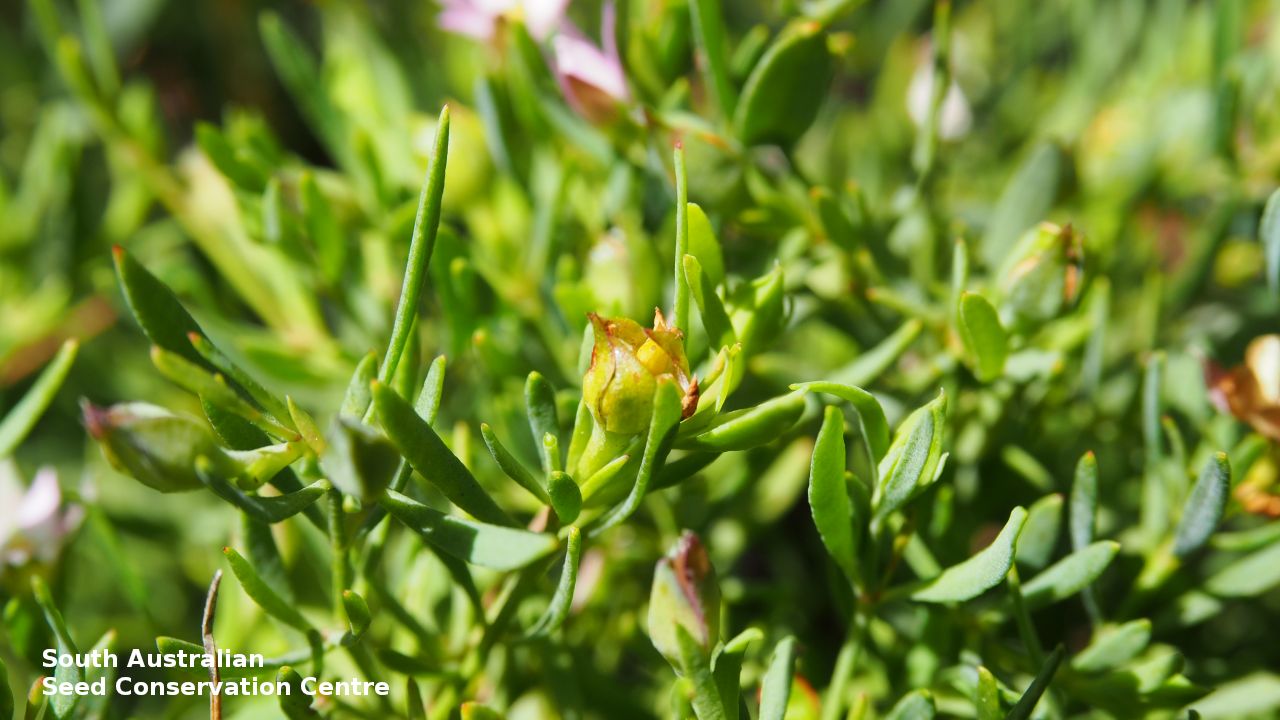
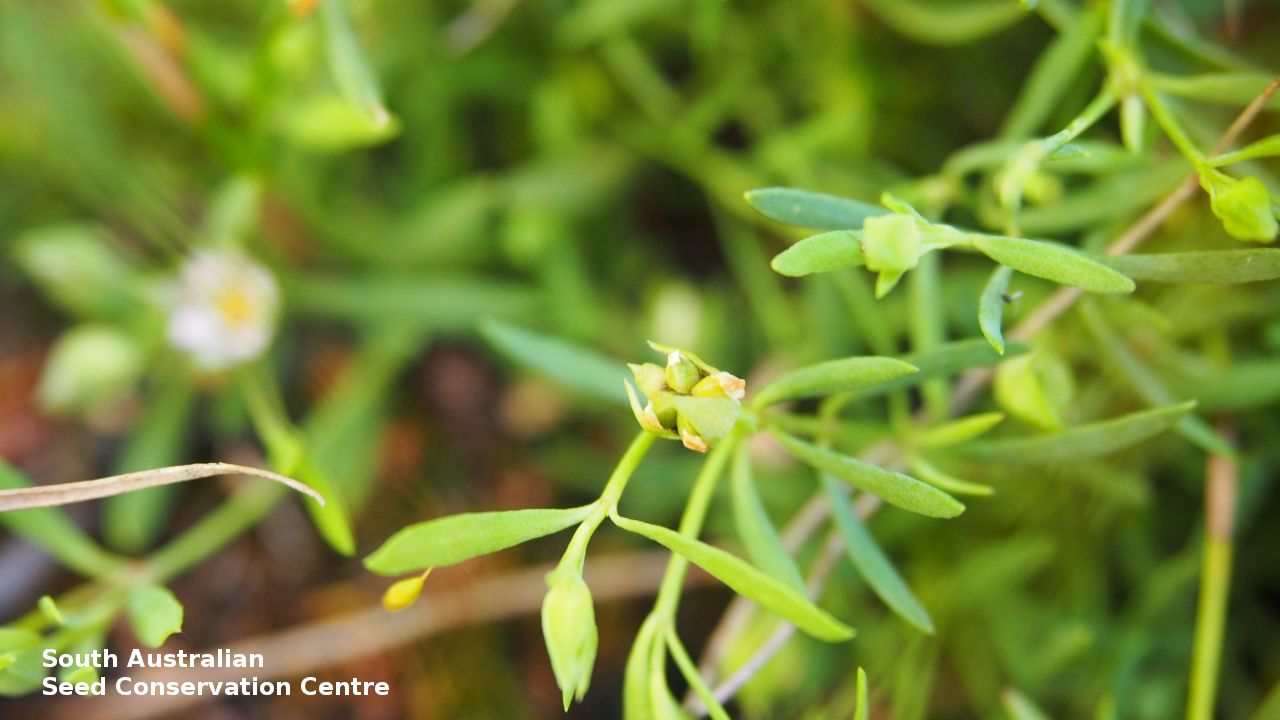
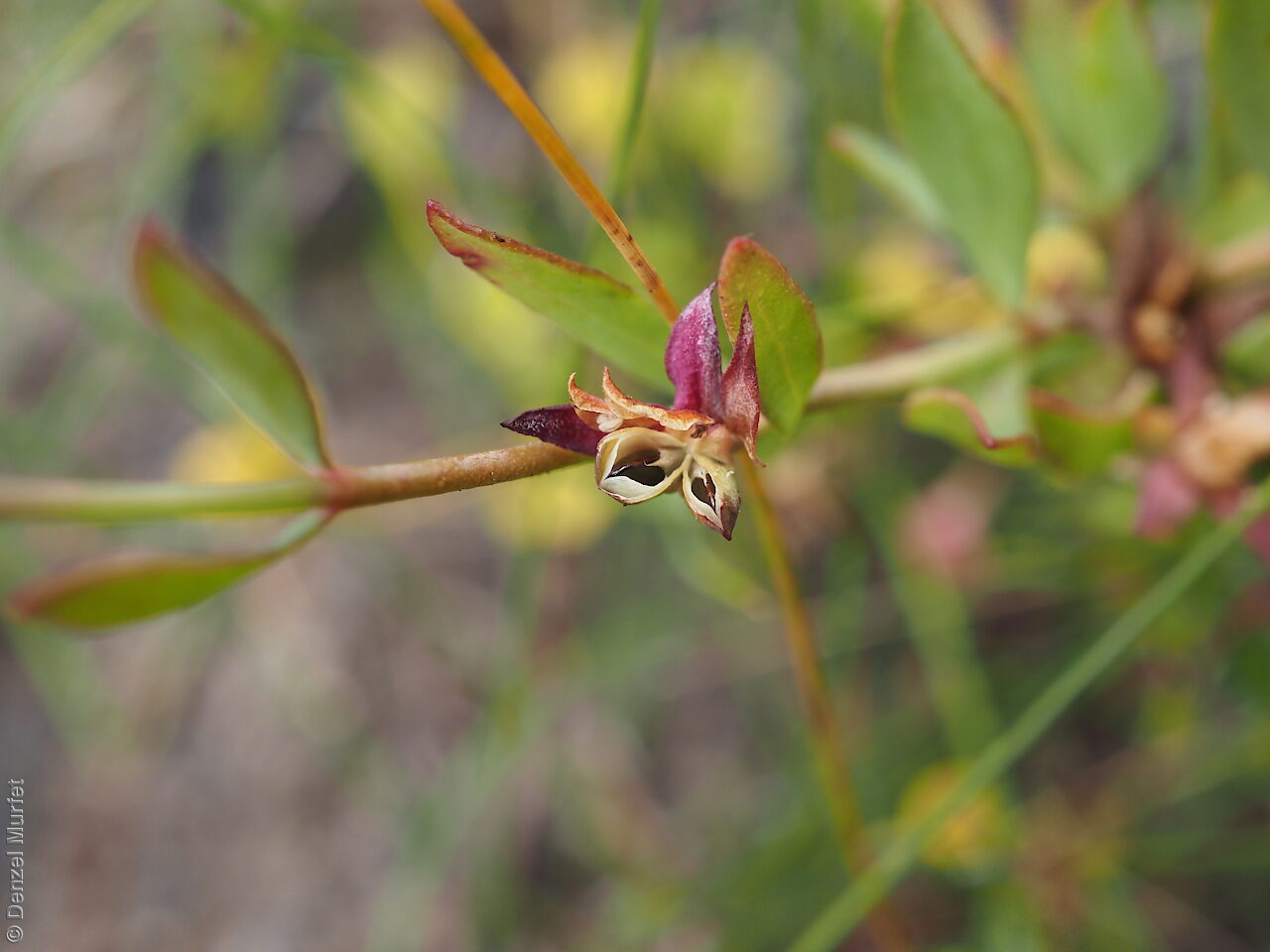
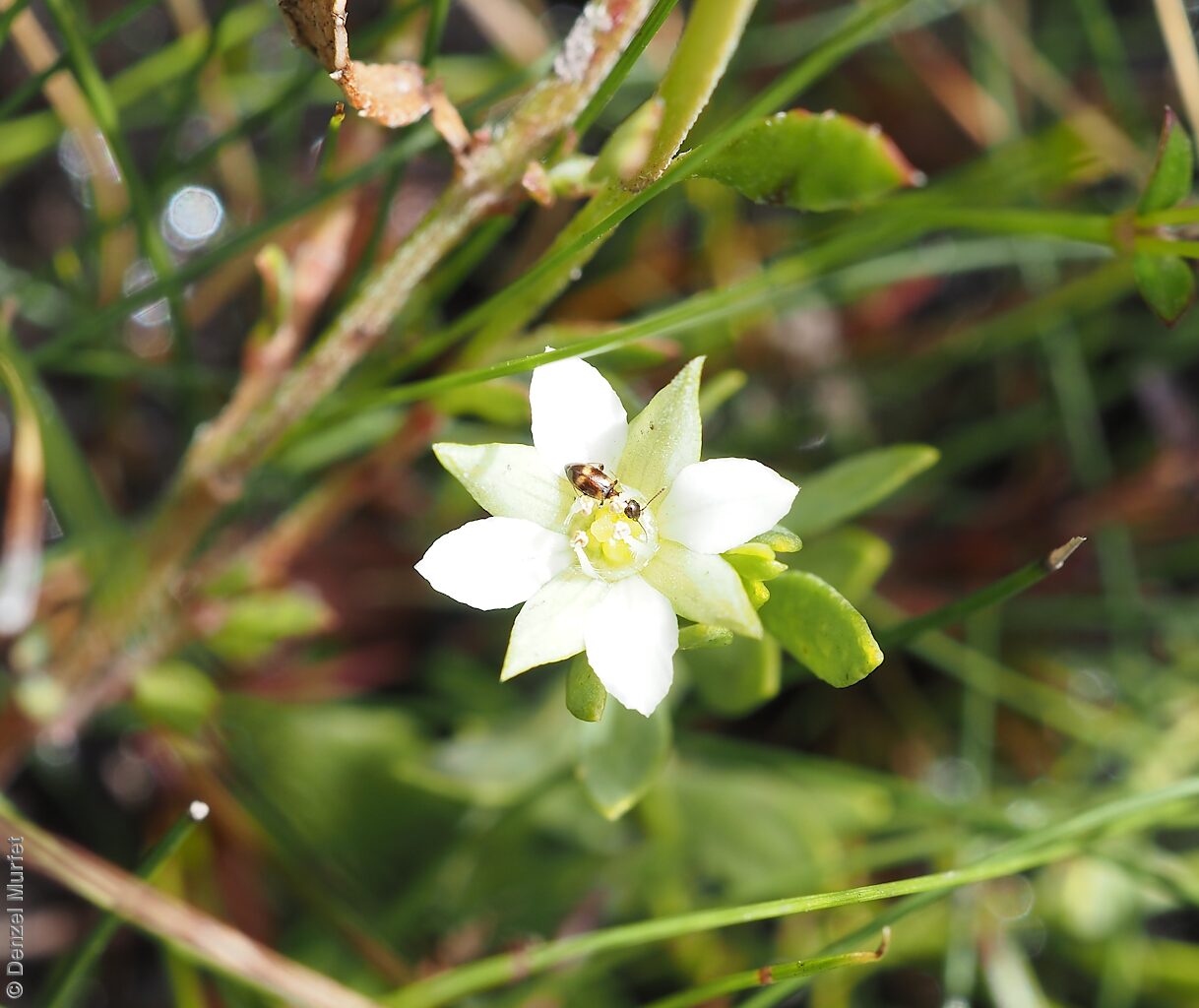
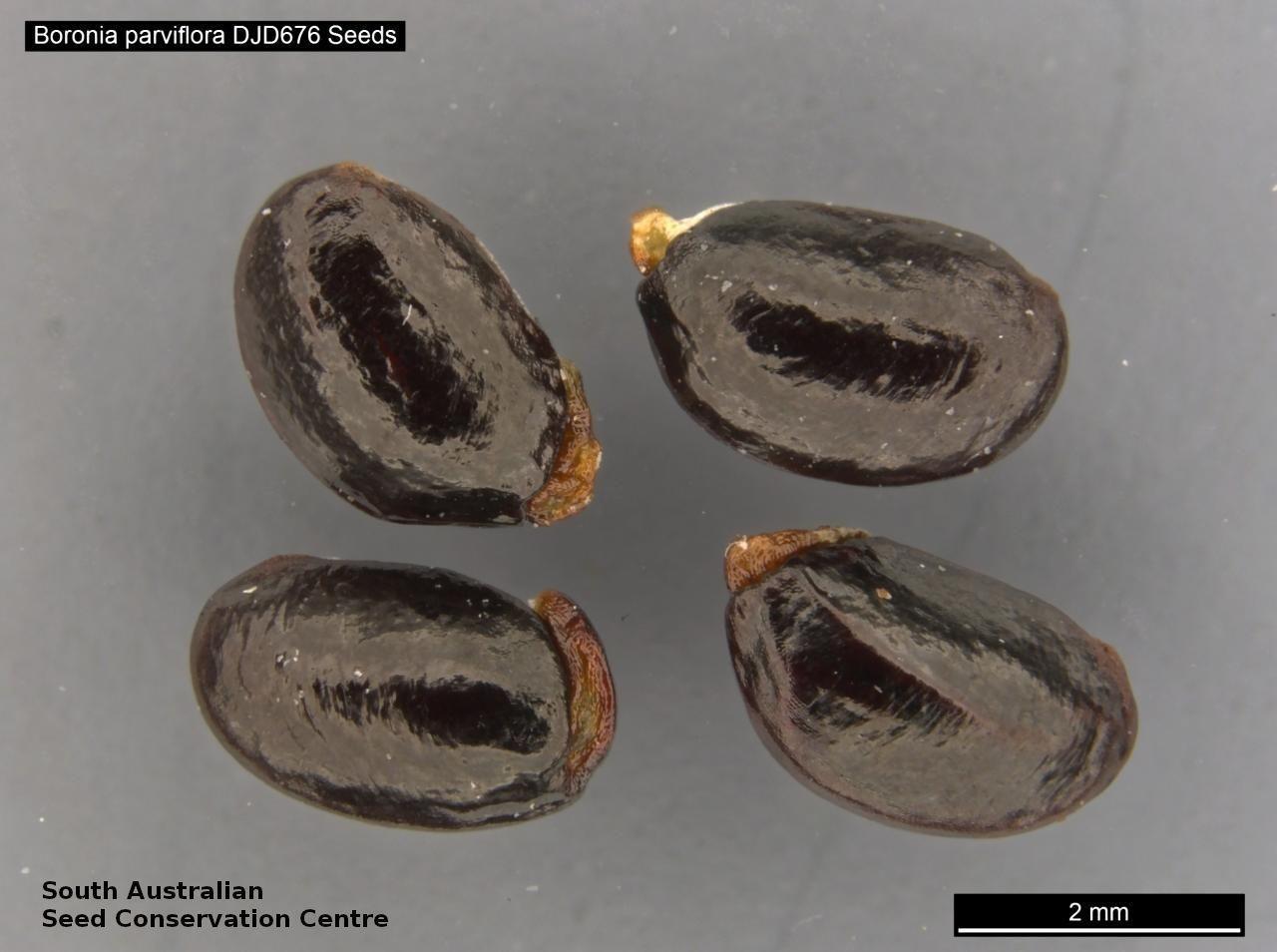
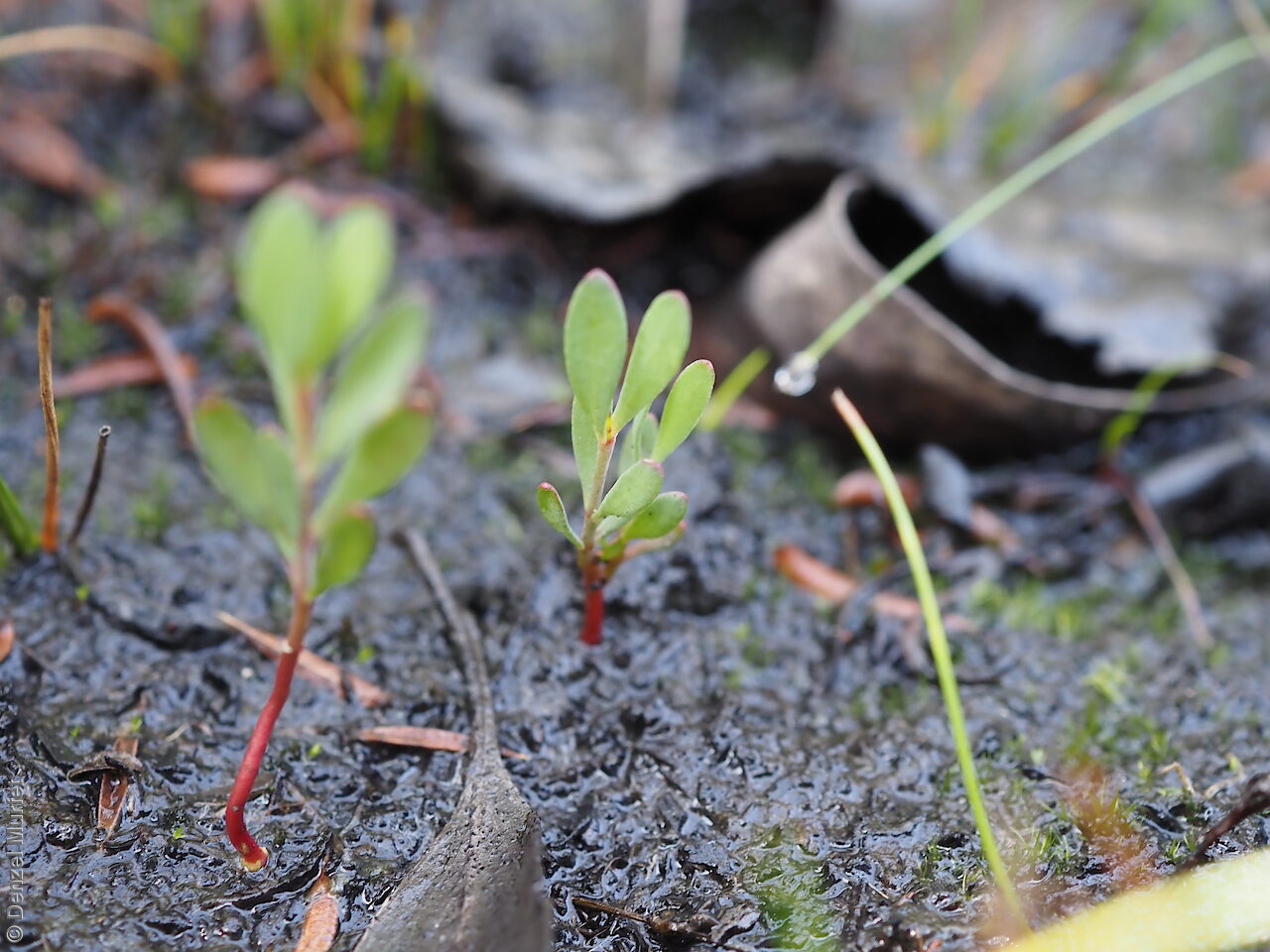
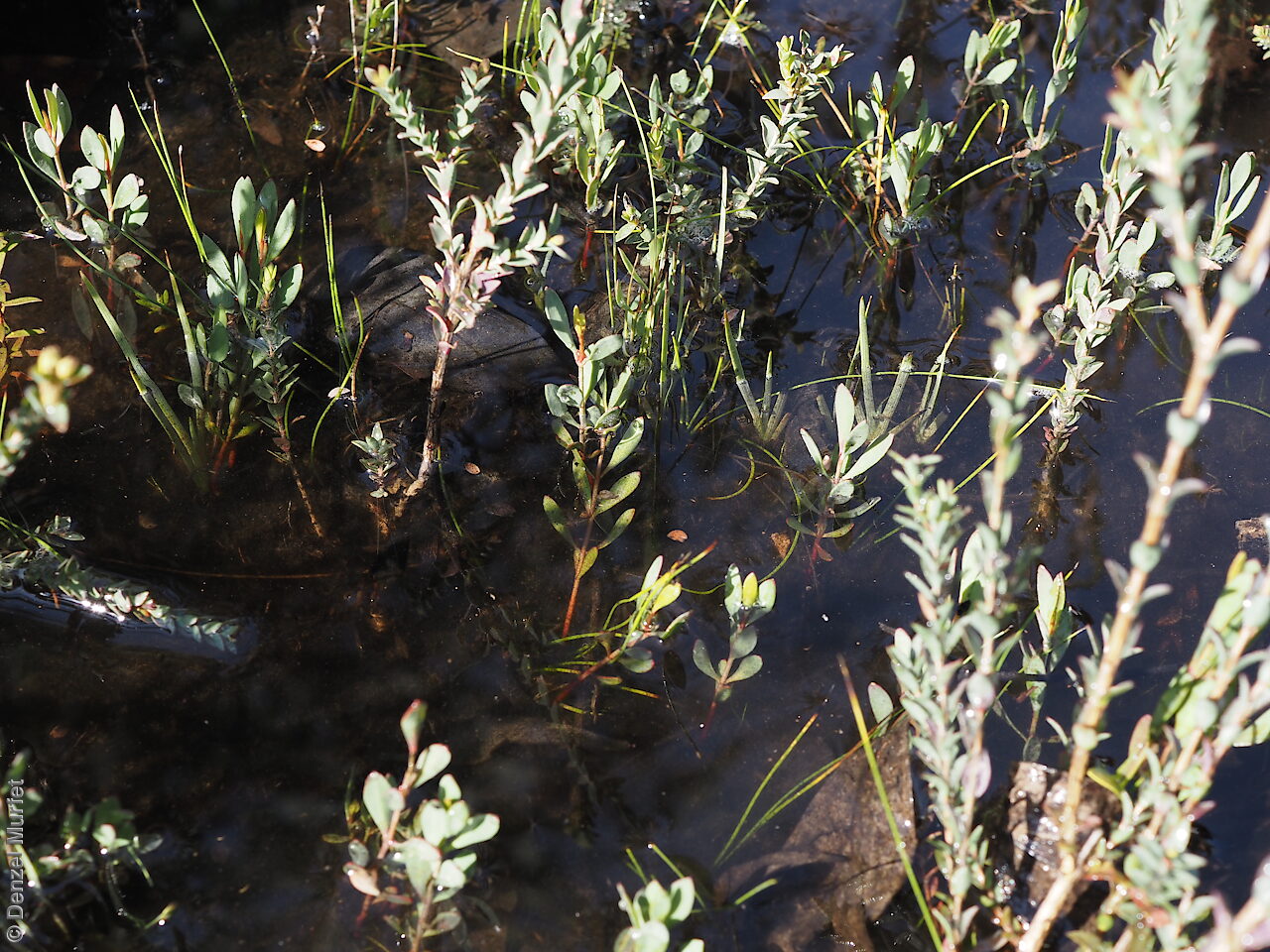
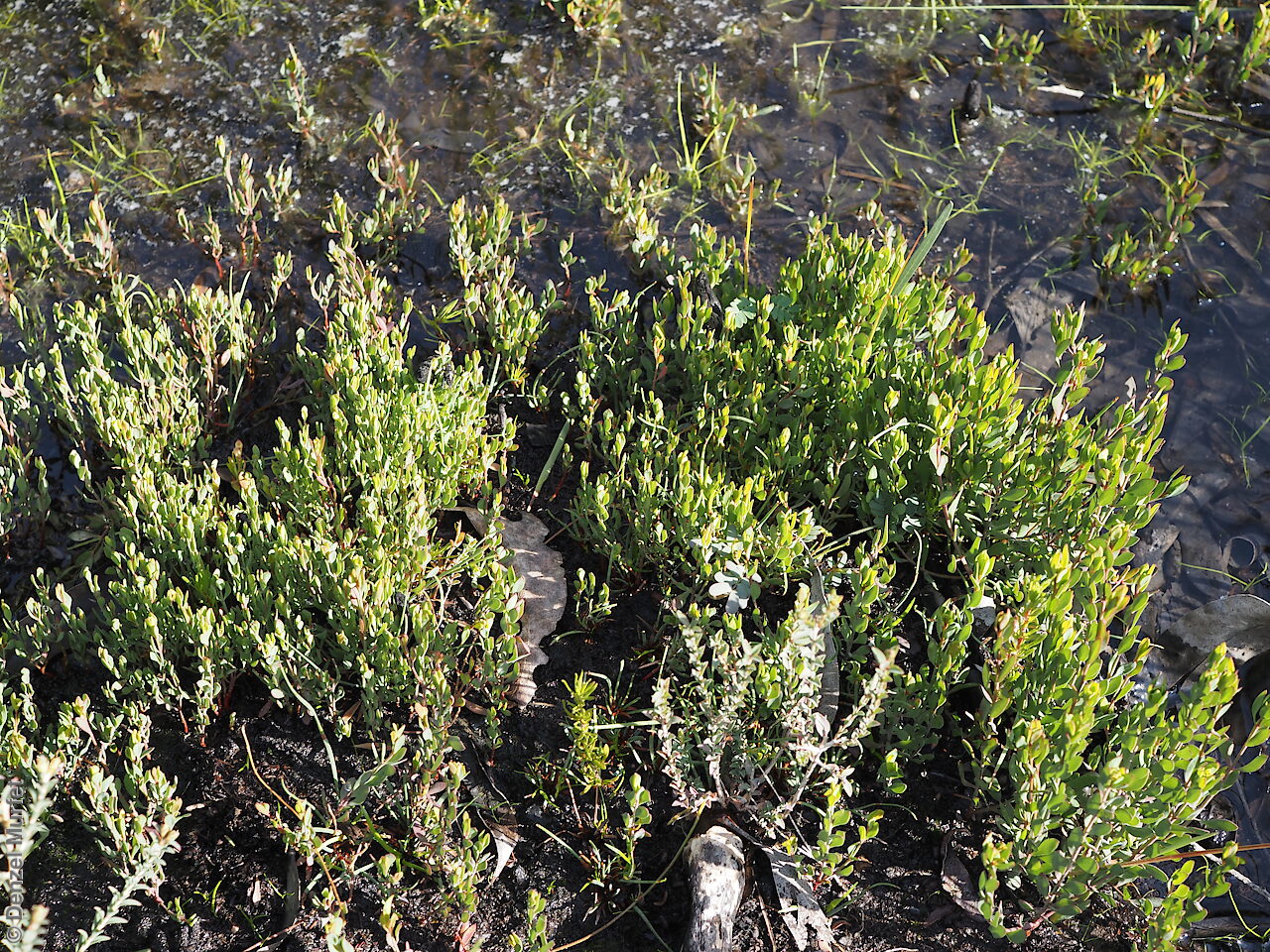

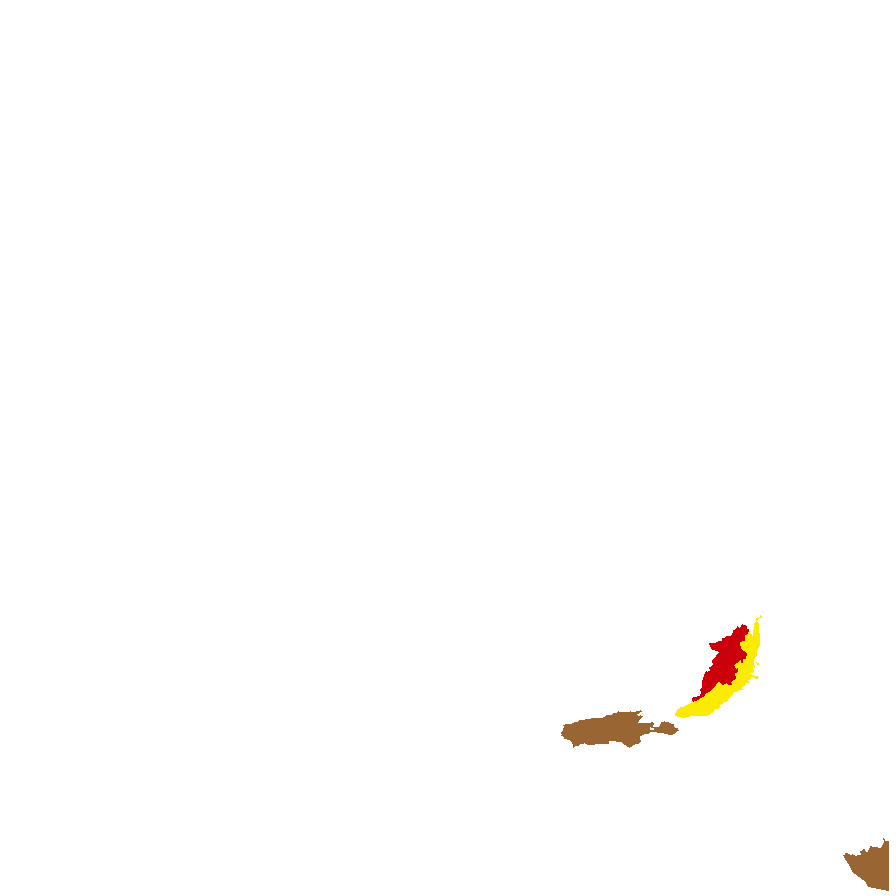
Botanical art
Prior names
Boronia palustris
Etymology
Boronia named after Francesco Borone (1769-1794), an Italian botanical enthusiast who accompanied many botanical expeditions and impressed Smith (person who described the genus) with his enthusiasm and ability. Parviflora from the Latin 'parvus' meaning small and 'floris' meaning flower, alluding to the small flowers of this species.
Distribution and status
Found on the western end of Kangaroo Island, southern Mount Lofty Ranges and the lower South-east in South Australia growing in in wet heath and swampy areas. Also found in Western Australia, New South Wales and Victoria. Native. Rare in South Australia. Common in the other States.
Herbarium regions: Southern Lofty, Kangaroo Island, South Eastern
NRM regions: Adelaide and Mount Lofty Ranges, Kangaroo Island, South East
AVH map: SA distribution map (external link)
Plant description
Glabrous, suberect to decumbent subshrub to 40 cm high or wide with reddish or purplish stems. Leaves glabrous, elliptic to narrow-elliptic or linear-obovate to 20 mm long and 3 mm wide. Inflorescence terminal and in upper axils with mostly solitary, pink or red flowers. Flowering from November to February. Fruits are pale brown capsule to 3 mm long with two to four segments. Seeds are shiny, black ovoid seed to 3 mm long and 2 mm wide, Seed embryo type is linear fully developed.
Seed collection and propagation
Collect seeds between November and March. Collect mature capsules, those that are turning a pale straw colour and contain hard seeds. It can be very time consuming, therefore allow pretty of time to collect sufficient among of seeds. Place the capsules in a tray and leave to dry for a weeks. Then rub the capsules gently by hand to dislodge the seeds. Use a sieve to separate the unwanted material. Store the seeds with a desiccant such as dried silica beads or dry rice, in an air tight container in a cool and dry place. Seed viability can be low. This species has physiological dormancy and can be difficult to germinate.
| Location | No. of seeds (weight grams) | Number of plants | Date collected | Collection number Collection location | Date stored | % Viability | Storage temperature |
|---|---|---|---|---|---|---|---|
| BGA | 120 (0.05 g) | 5 | 7-Apr-2006 | R.Taplin Southern Lofty | 9-Aug-2006 | N/C | -18°C |
| BGA MSB | 3,650 (3.14 g) 3,650 (3.14 g) | 100+ | 15-Nov-2006 | DJD676 South Eastern | 1-Aug-2007 | 60% | +5°C, -18°C |
| BGA | 160 | 3-Jan-2008 | DJD1039 Southern Lofty | 1-Jan-2012 | N/C | -18°C | |
| BGA | 120 (0.09 g) | 3-Feb-2011 | JQ140 Southern Lofty | 1-Jan-2012 | 80% | -18°C | |
| BGA | 2,470 (1.26 g) | 100+ | 5-Nov-2014 | DJD3072 Southern Lofty | 2-May-2017 | 65% | -18°C, -80°C |
| BGA | 510 (0.589 g) | 30+ | 4-Jan-2022 | BKB46 Kangaroo Island | 7-Jul-2022 | 70% | -18°C |
| BGA | 1,540 (1.830 g) | 50+ | 7-Jan-2022 | BKB22 Kangaroo Island | 7-Jul-2022 | 100% | -18°C |
Number of plants: This is the number of plants from which the seeds were collected.
Collection location: The Herbarium of South Australia's region name.
% Viability: Percentage of filled healthy seeds determined by a cut test or x-ray.